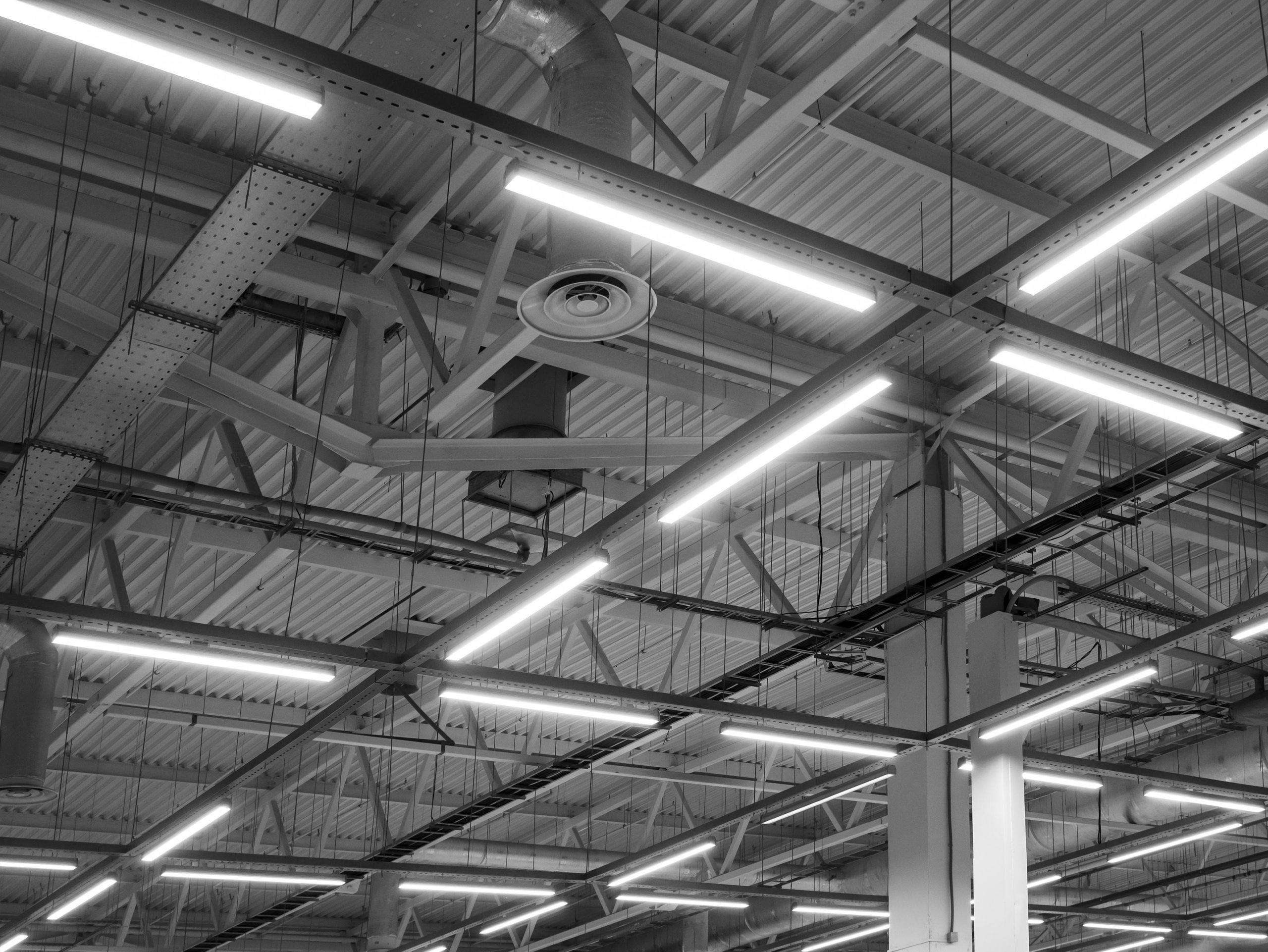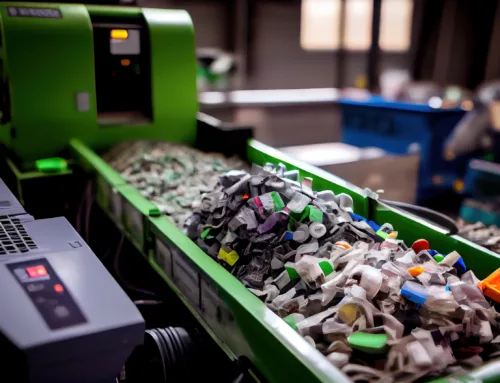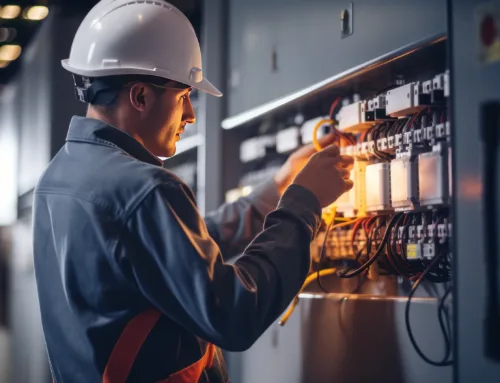Lighting control systems have become increasingly popular as industries have started to be more conscious of their energy usage. Early lighting control systems only focused on the dimming of light fixtures to reduce energy output when higher light levels weren’t warranted. More intelligent lighting control systems that can control entire buildings at very precise levels are now readily available.
The most common form of lighting control systems that you will find today are single switches or a dimmer controlling a single light or group of lights in a home setting. While this historic standard lighting control system works, it is a very ineffective system relative to the needs of an industrial facility, especially in medium to large-sized industries or commercial spaces.
Every industry is different, with different operations and needs. There are also different lighting requirements for the various types of activities in the lighting standard. A well-planned lighting design along with a well-executed lighting control solution means optimized lighting for your facility and specific activity in your facility.
What is a lighting control system?
A lighting control system creates the ability for all of the lighting to be controlled together. For example, one button press can turn on six dimmers, each to the ideal brightness for the task at hand,
Imagine the time and effort that can be saved in an industrial space by hitting one button rather than trudging around the facility going from one section to another, manually turning off each light.
Sheer convenience is the primary benefit of owning a lighting control system. By adjusting the intensity of one or more layers of lighting in a space, a lighting control system can:
- change space appearance
- facilitate different functions of the space
- alter atmosphere and mood
- reduce glare
- increase user satisfaction by providing users the ability to control their lighting
How does a lighting control system work?
Lighting control systems are input/output devices, which means that they require certain inputs to give out a pre-determined output. The lighting control system receives information from the user, decides on what to do with it, and then adjusts the lighting strength accordingly. Electricity travels along the circuit to energize a group of lights. This lighting system supplies illumination.
The input to the lighting control system may be manual, automatic or a combination of the two, as shown in the image below.
With manual control, the input is initiated by the user and implemented by hand. It is ideal for applications driven by visual needs.
With the use of automatic control, a signal from a sensor (occupancy or light sensor), computer or another building system provides the input for the installed lighting control system. The input provided may be based on time of day, occupancy, light level or some other condition. Automatic control is quite ideal for energy management applications in medium to large-scale industrial facilities.
—
Our certified industrial electricians can help you choose the right energy-efficient lighting control system for your facility or building so that you can save a little more money on your energy bills and subsequently lower your monthly overhead costs.
Our industrial lighting solutions like energy retrofit services and lighting control system installation, include calculating your real-time energy costs and identifying the areas where you would save the most money by retrofitting your existing lighting. Contact RBT Electrical and automation today.






